The Poetry of Motion
All hail ingenuity! Or, as Viggo Mortenson put it, "Adapt and Overcome." Such is the life of a theatre person - although everyone could more or less lay claim to such a mantra. But since I've experienced it even more in theatre than, say, in writing (which is in some senses more controlled merely by being a somewhat solitary action - barring unforeseen character stubborness), I'll claim it for the theatre. (Hmmm, I may put that on the wall in my classroom - I begin decorating on Tuesday. Ah, the joy!)
Those who've been skimming these weighty annals will know of the titanic struggle in which I am engaged between the laptop and the camcorder. Indeed, the battle is becoming so epic that one is tempted to converse in Grecian hexameter. But one will refrain from begging the muses to sing of the rage of Achilles, and instead note that a concord has been made to some degree in this particular: the two machines are willing to let me video capture. From Salome I initially captured something like 1,906 pictures, which I then whittled down to about 500 (for my own private files), which is then whittled down to about 100 (for public consumption). The reason for such the bloated original number? The only way to capture via Ulead Video Studio 5.0 is to let the video tantalizingly run (tantalizing because it will run video but won't capture running video - truly, this is beginning to feel like that Hellenic Hell!) and press the "capture button" wildly, hoping that ONE of the ten pictures will be worth keeping. But this is really good because now I can tell the story visually - through the Poetry of Movement (more on that in a minute) - more clearly than my original, and badly scanned, photoshoot was able to do. I haven't put up a page for the new pics yet, but I'll put links to what I have as of this moment here:
Opening Dance
How white the moon is - she is like a dead woman
The Tetrarch is looking at something. He is looking at some one.
You must not look at the Princess!
Who dared kill the King's brother? That man, Naaman.
She is like a little white dove.
How sweet the air is here - I can breathe here.
Inside there are Egyptians, with long nails and gold eyes.
Something terrible will happen - I know it!
We cannot let the Prophet come out, Princess.
Thou wilt do this thing for me, Naraboth.
I know thou wilt do this thing.
He says terrible things about my mother, does he not?
Where is the harlot? Where is the whore of Babylon?
Tell her to rise up from the bed of her iniquities.
He is terrible, terrible!
I must look more at him.
Who is this woman looking at me? I will not have her look at me!
Angel of Death! Whom do you seek in this place?
I hate thy body! It is thy hair I desire, Jokanaan.
It is thy lips I desire, Jokanaan.
Suffer me to kiss thy lips, Jokanaan.
Princess, do not do this thing!
The Young Syrian has slain himself!
Well I knew the moon was seeking a dead thing, but I knew not it was he whom she sought!
Suffer me to kiss thy mouth, Jokanaan.
Seek out the Son of Man - for to all who call on Him, He does come!
Suffer me to kiss thy lips, Jokanaan...!
Away from me, daughter of Babylon!
Thou art accursed, Salome. Thou art accursed.
Suffer me to....
We must move him. The Tetrarch does not like to look on dead bodies.
Where is Salome? Why does she not attend the feast as I commanded her?
You are looking at my daughter again. You look too much at her.
Why is this body here? Away with him!
And I just finished video capturing for Twelfth Night. Alas, the quality is lesser because it was just a rehearsal with no spots, no background (such as there was of it), and so forth. But there are still quite a few good shots, and many better than what I had in the way of pictures. (Gah.) I'm going to pick up just a few for Brigadoon and Bearskin - like three from specific scenes that were completely missed by the photograph's camera: the Chase & Death, the Happy Ending; the "death" of the Gypsy.
But alas, although Circuit City - d*** you and your wiley ways! - claimed they fixed my computer, I note that the DVD drive STILL skips. Meaning that I watched Chicago last night on it and the picture was stuttering, although the audio wasn't. Go figure. Stupid extras - what I wanted to see was more rehearsal tapes, uncut footage, etc. - a la the terrific DVD for Moulin Rouge! However, Mirimax *muttergrumble* isn't particularly known for putting out good DVD's at all. I had to scoff *scoffscoff* at one of their "previews" - it was basically a tally of all the Oscar nominations (not awards) it's gotten. "Over 200 Oscar nominations!" Woo-hoo...let's go peek at WB or MGM shall we? Oy. I'm sorry, but that company is so stuck up. Gag me.
Right, back to poetry of movement. Perhaps it's because I spent a semester learning sign language from Susan & Rosie, and they mentioned how there was someone who was trying to create sign language poetry - wherein the "rhymes" would be created by similar signs, such as light and dark, or glory and praise, or "Hell fire, dark fire" or any thing along those lines. It was an intriguing idea to me. And I've found that poetry of motion is an EXCELLENT blocking tool. Basically to have certain movement patterns act rather like kinetic leitmotifs. So for example in Salome you have the Syrian kissing Salome's hand, which is reversed when Salome reaches for Jokanaan, which is again reversed when Herod tries to seduce Salome.
Similar idea for the Maggie/Harry dance (signature move), which is then violently repeated in the Funeral Dance (which, of course, I don't have a picture of yet). The "crucifixion" mode was something we used a lot to represent grief: Harry pining over Bonnie Jean, Maggie "conjuring" the searchers during the Chase, Maggie grieving over Harry, and then sharing that grief with a repentant Jeff. More comically is the idea that if you like a girl, you dip or lift her: Harry lifts Maggie quite a few times, Tommy dips Fiona during "Heather on the Hill", which is immediately followed by Meg Brockie dipping Jeff! (the pic is diff. - must video capture for actual dip), and then Charlie lifting Jean at the Wedding Dance (which, of course, I seemed to have not scanned either. Must get that through video capture it seems).
Bearskin used this quite a bit, I'll point to the more obvious ones. The ubiquitous dip: Flipote, Florette and the Gypsy claim their men, Mireille wishes she could join in the fun, and then has her wish fulfilled, soon followed by her body and soul (and his) all in one big "I'm attracted to you!" accord. We vary it for humor with Flipote, Florette and Henri, soon to be replaced by rather more serious prelude to dipping. However, Henri makes it more fatal, the Gypsy makes a final bid, and although it's stretching it a tad, poor Bearskin's really beaten into the ground! Shorter is the "Gypsy Taking Control of the Shadow's Body and Soul" move in the Opening Dance, and then in the final temptation. Of course, Bearskin IS an opera/ballet - there had better be rhyming motion!
I put this up for a few reasons: one, to analyze what I've done (so I don't over do the dip thing, perchance? ;), and also to remind myself to continue this idea. I think, really, it's crucial to blocking. Oh, of course you can do without, and some plays will lend themselves better to such an idea than others.... But we're taught as directors/designers to "establish" an area of the stage as "so and so's" place, or a certain color in costuming or lighting to tie events or people together. If we study music, we learn about leitmotifs. But in blocking...? Perhaps it simply wasn't emphasized at my school - entirely possible. Certainly, Sam West at the RSC knew about it! (I know he didn't direct it, but I BET he put a LOT of that "input" he said the entire cast had...!) Anyway, I'm thinking of the repetition of sitting on the throne/box and saying, "I am considering how I might compare this prison in which I live unto the world - and for because the world is populous, and here is not a person but myself...I cannot do it. Yet I will hammer it OUT!" (FWAH!)
But I maintain that poetry in motion - and rhyming poetry in particular - is crucial to the director who wants to make more of his blocking. And of course, it's even better if you can get several bits of "poetry" going on the stage at the same time, rather like Wagner - stupid person, but made good use of his leitmotifs - would have several playing together in harmony. Makes it all that much richer, deeper. And it frequently works on a subconscious level, rather like music.
Unfortunately, the ballets I've seen rarely use this - they stick to their rigid movements without really telling the story, or at least telling the story and then consantly interrupting themselves to show off their technical - but not lyrical or poetical - achievements. Perhaps I've just seen half-done ballets. I would hope so! Chicago used poetry in motion, mainly for transitions, but I think it worked overall. Although it was amusing to listen to the commentary and basically hear them NOT speak about technical elements or anecdotes (grrrr), but to pat themselves on the back. I suppose I've done so here, as well, so I shouldn't chortle at them overmuch!
I could put in a bunch of other newsy stuff, but my tunnels are being carped and so I think I'll bid my older self and any chance wanderers adieu.
Mood: Fair
Music: Lord of the Rings: The Two Towers (Extended Version)
Weather: Very nice, thank you. I may take another walk tonight.
All hail ingenuity! Or, as Viggo Mortenson put it, "Adapt and Overcome." Such is the life of a theatre person - although everyone could more or less lay claim to such a mantra. But since I've experienced it even more in theatre than, say, in writing (which is in some senses more controlled merely by being a somewhat solitary action - barring unforeseen character stubborness), I'll claim it for the theatre. (Hmmm, I may put that on the wall in my classroom - I begin decorating on Tuesday. Ah, the joy!)
Those who've been skimming these weighty annals will know of the titanic struggle in which I am engaged between the laptop and the camcorder. Indeed, the battle is becoming so epic that one is tempted to converse in Grecian hexameter. But one will refrain from begging the muses to sing of the rage of Achilles, and instead note that a concord has been made to some degree in this particular: the two machines are willing to let me video capture. From Salome I initially captured something like 1,906 pictures, which I then whittled down to about 500 (for my own private files), which is then whittled down to about 100 (for public consumption). The reason for such the bloated original number? The only way to capture via Ulead Video Studio 5.0 is to let the video tantalizingly run (tantalizing because it will run video but won't capture running video - truly, this is beginning to feel like that Hellenic Hell!) and press the "capture button" wildly, hoping that ONE of the ten pictures will be worth keeping. But this is really good because now I can tell the story visually - through the Poetry of Movement (more on that in a minute) - more clearly than my original, and badly scanned, photoshoot was able to do. I haven't put up a page for the new pics yet, but I'll put links to what I have as of this moment here:
And I just finished video capturing for Twelfth Night. Alas, the quality is lesser because it was just a rehearsal with no spots, no background (such as there was of it), and so forth. But there are still quite a few good shots, and many better than what I had in the way of pictures. (Gah.) I'm going to pick up just a few for Brigadoon and Bearskin - like three from specific scenes that were completely missed by the photograph's camera: the Chase & Death, the Happy Ending; the "death" of the Gypsy.
But alas, although Circuit City - d*** you and your wiley ways! - claimed they fixed my computer, I note that the DVD drive STILL skips. Meaning that I watched Chicago last night on it and the picture was stuttering, although the audio wasn't. Go figure. Stupid extras - what I wanted to see was more rehearsal tapes, uncut footage, etc. - a la the terrific DVD for Moulin Rouge! However, Mirimax *muttergrumble* isn't particularly known for putting out good DVD's at all. I had to scoff *scoffscoff* at one of their "previews" - it was basically a tally of all the Oscar nominations (not awards) it's gotten. "Over 200 Oscar nominations!" Woo-hoo...let's go peek at WB or MGM shall we? Oy. I'm sorry, but that company is so stuck up. Gag me.
Right, back to poetry of movement. Perhaps it's because I spent a semester learning sign language from Susan & Rosie, and they mentioned how there was someone who was trying to create sign language poetry - wherein the "rhymes" would be created by similar signs, such as light and dark, or glory and praise, or "Hell fire, dark fire" or any thing along those lines. It was an intriguing idea to me. And I've found that poetry of motion is an EXCELLENT blocking tool. Basically to have certain movement patterns act rather like kinetic leitmotifs. So for example in Salome you have the Syrian kissing Salome's hand, which is reversed when Salome reaches for Jokanaan, which is again reversed when Herod tries to seduce Salome.
Similar idea for the Maggie/Harry dance (signature move), which is then violently repeated in the Funeral Dance (which, of course, I don't have a picture of yet). The "crucifixion" mode was something we used a lot to represent grief: Harry pining over Bonnie Jean, Maggie "conjuring" the searchers during the Chase, Maggie grieving over Harry, and then sharing that grief with a repentant Jeff. More comically is the idea that if you like a girl, you dip or lift her: Harry lifts Maggie quite a few times, Tommy dips Fiona during "Heather on the Hill", which is immediately followed by Meg Brockie dipping Jeff! (the pic is diff. - must video capture for actual dip), and then Charlie lifting Jean at the Wedding Dance (which, of course, I seemed to have not scanned either. Must get that through video capture it seems).
Bearskin used this quite a bit, I'll point to the more obvious ones. The ubiquitous dip: Flipote, Florette and the Gypsy claim their men, Mireille wishes she could join in the fun, and then has her wish fulfilled, soon followed by her body and soul (and his) all in one big "I'm attracted to you!" accord. We vary it for humor with Flipote, Florette and Henri, soon to be replaced by rather more serious prelude to dipping. However, Henri makes it more fatal, the Gypsy makes a final bid, and although it's stretching it a tad, poor Bearskin's really beaten into the ground! Shorter is the "Gypsy Taking Control of the Shadow's Body and Soul" move in the Opening Dance, and then in the final temptation. Of course, Bearskin IS an opera/ballet - there had better be rhyming motion!
I put this up for a few reasons: one, to analyze what I've done (so I don't over do the dip thing, perchance? ;), and also to remind myself to continue this idea. I think, really, it's crucial to blocking. Oh, of course you can do without, and some plays will lend themselves better to such an idea than others.... But we're taught as directors/designers to "establish" an area of the stage as "so and so's" place, or a certain color in costuming or lighting to tie events or people together. If we study music, we learn about leitmotifs. But in blocking...? Perhaps it simply wasn't emphasized at my school - entirely possible. Certainly, Sam West at the RSC knew about it! (I know he didn't direct it, but I BET he put a LOT of that "input" he said the entire cast had...!) Anyway, I'm thinking of the repetition of sitting on the throne/box and saying, "I am considering how I might compare this prison in which I live unto the world - and for because the world is populous, and here is not a person but myself...I cannot do it. Yet I will hammer it OUT!" (FWAH!)
But I maintain that poetry in motion - and rhyming poetry in particular - is crucial to the director who wants to make more of his blocking. And of course, it's even better if you can get several bits of "poetry" going on the stage at the same time, rather like Wagner - stupid person, but made good use of his leitmotifs - would have several playing together in harmony. Makes it all that much richer, deeper. And it frequently works on a subconscious level, rather like music.
Unfortunately, the ballets I've seen rarely use this - they stick to their rigid movements without really telling the story, or at least telling the story and then consantly interrupting themselves to show off their technical - but not lyrical or poetical - achievements. Perhaps I've just seen half-done ballets. I would hope so! Chicago used poetry in motion, mainly for transitions, but I think it worked overall. Although it was amusing to listen to the commentary and basically hear them NOT speak about technical elements or anecdotes (grrrr), but to pat themselves on the back. I suppose I've done so here, as well, so I shouldn't chortle at them overmuch!
I could put in a bunch of other newsy stuff, but my tunnels are being carped and so I think I'll bid my older self and any chance wanderers adieu.
Mood: Fair
Music: Lord of the Rings: The Two Towers (Extended Version)
Weather: Very nice, thank you. I may take another walk tonight.
 The sporadic ramblings of Emily C. A. Snyder - devoted to God, theatre, writing, and much randominity.
The sporadic ramblings of Emily C. A. Snyder - devoted to God, theatre, writing, and much randominity.
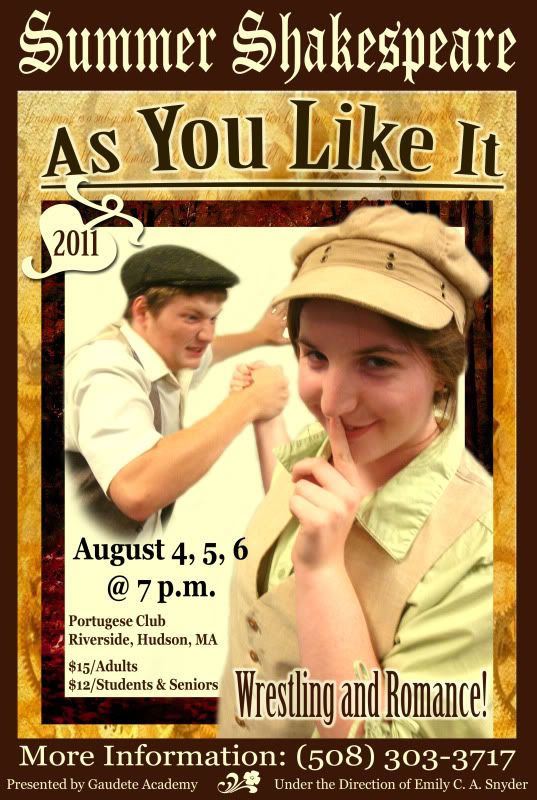

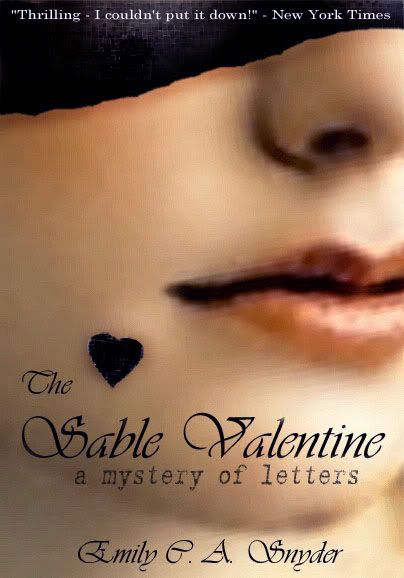


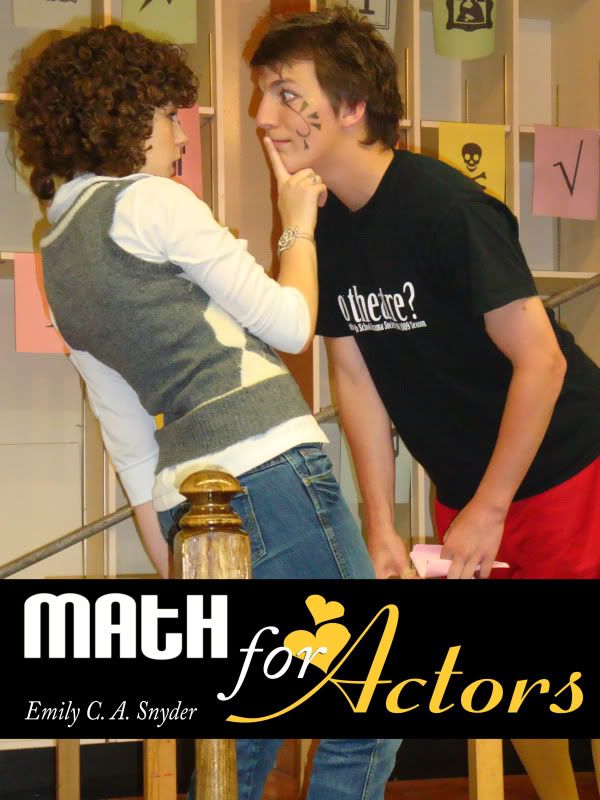


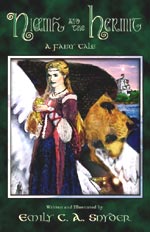
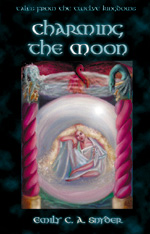

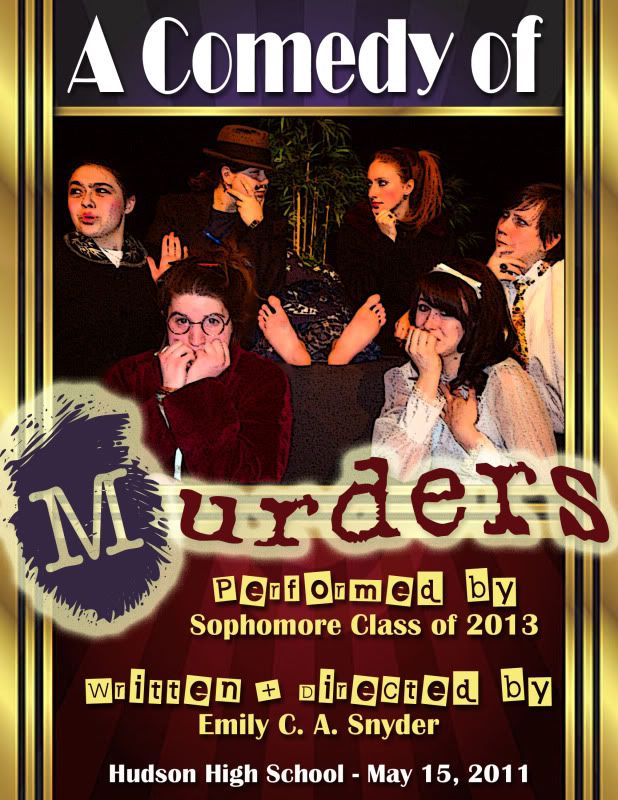
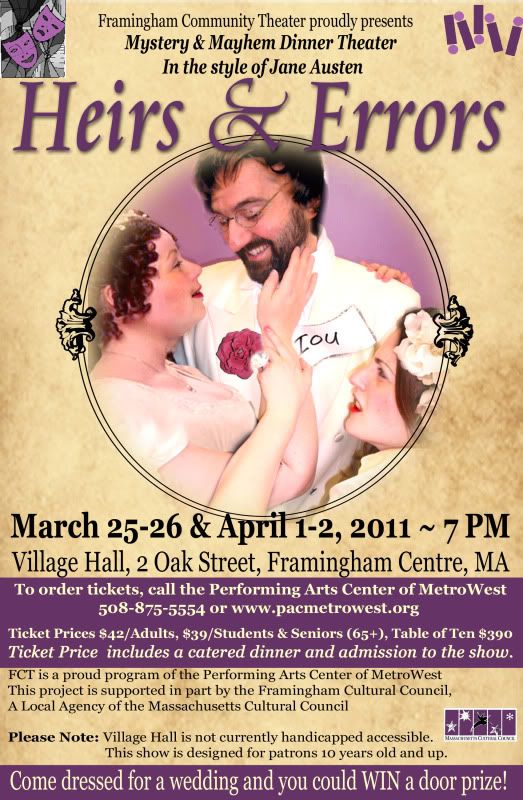
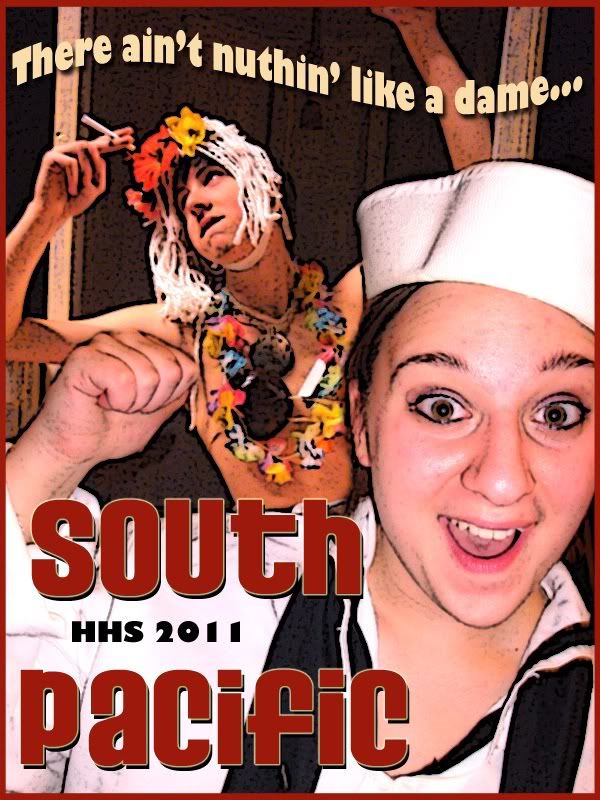
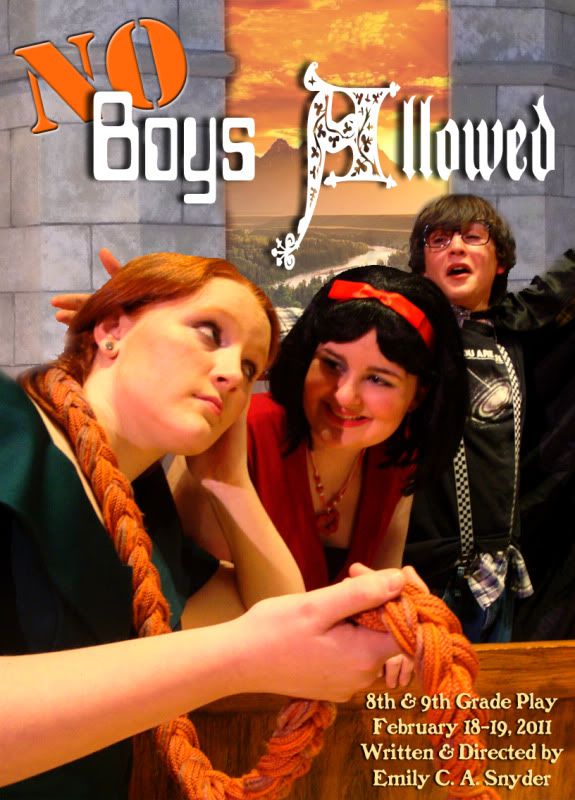
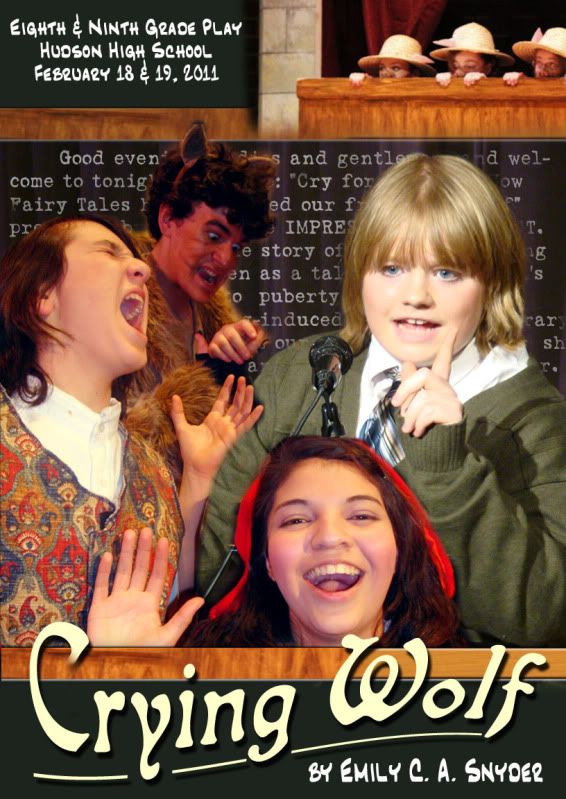

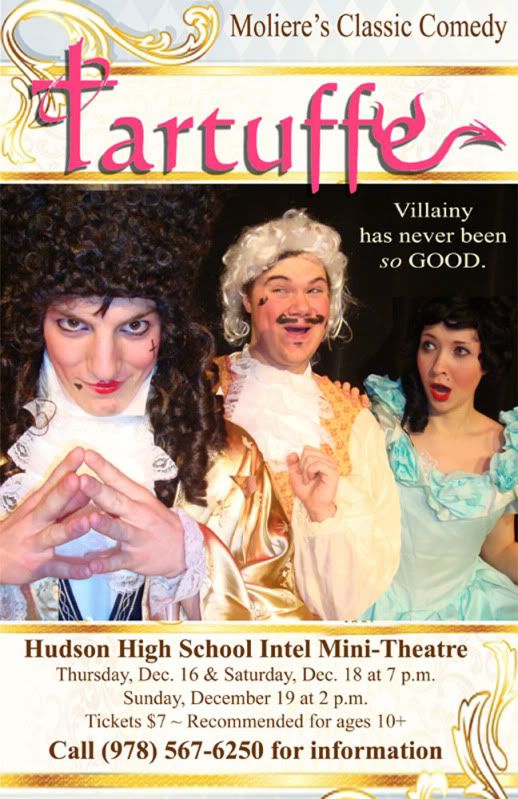
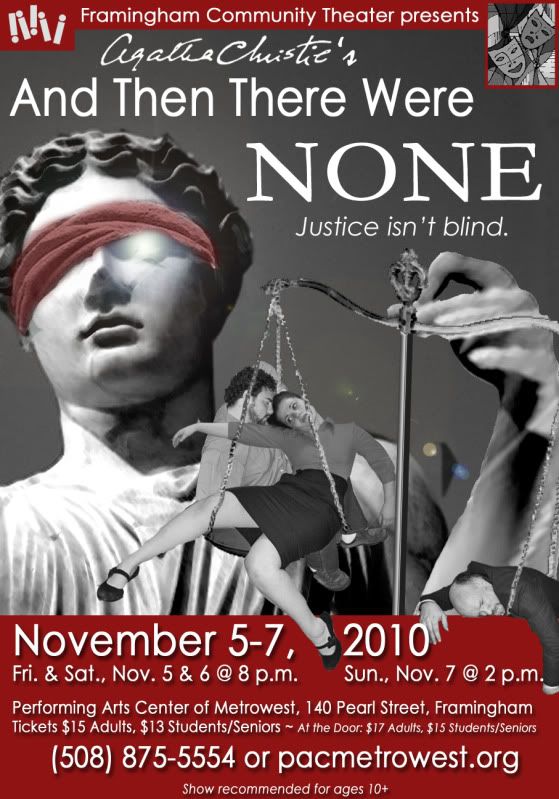

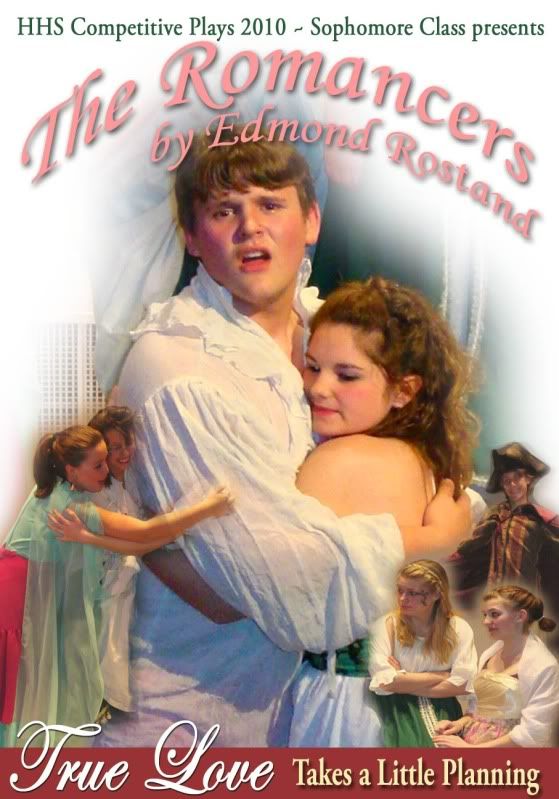



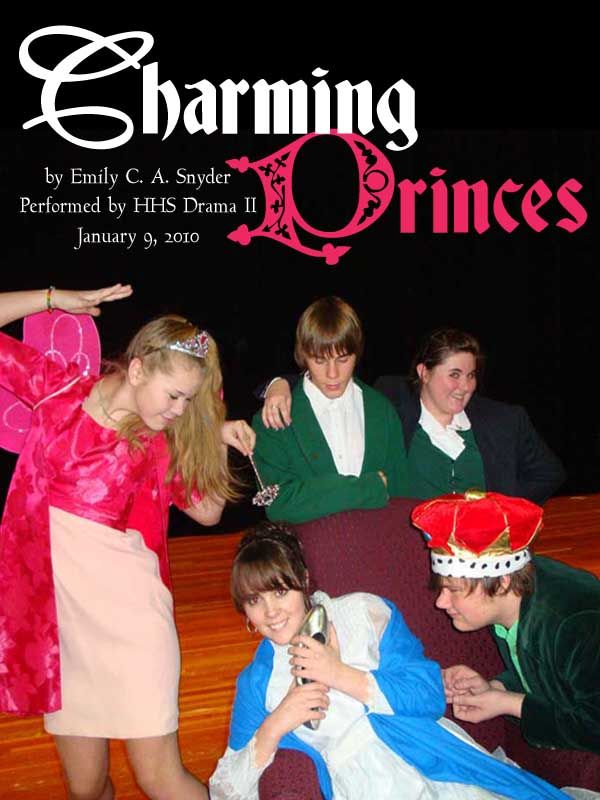
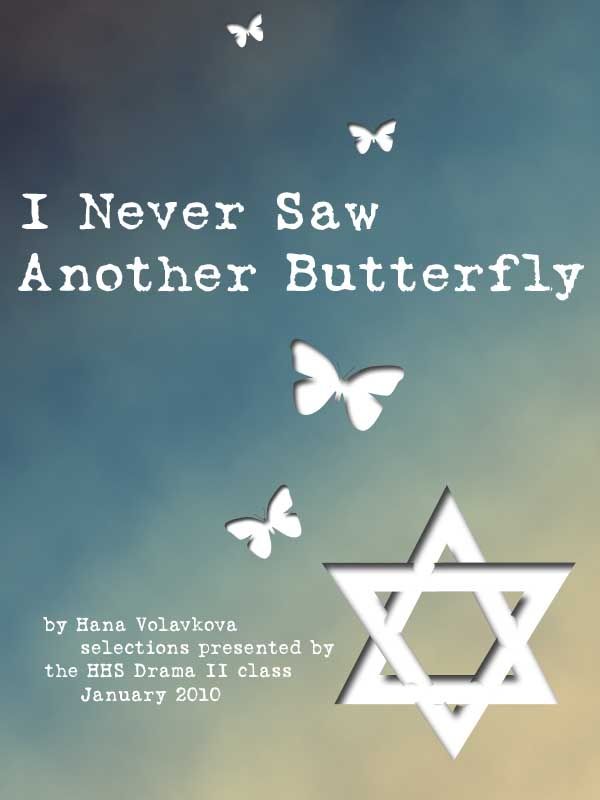
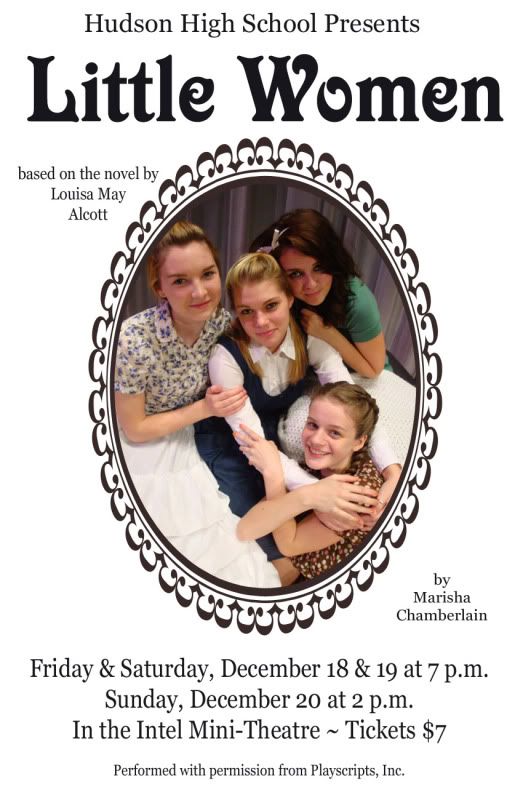

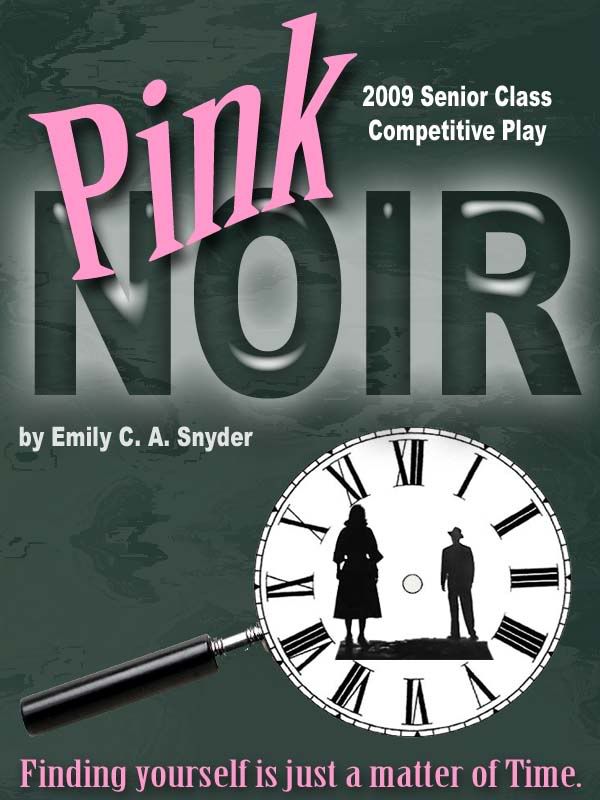
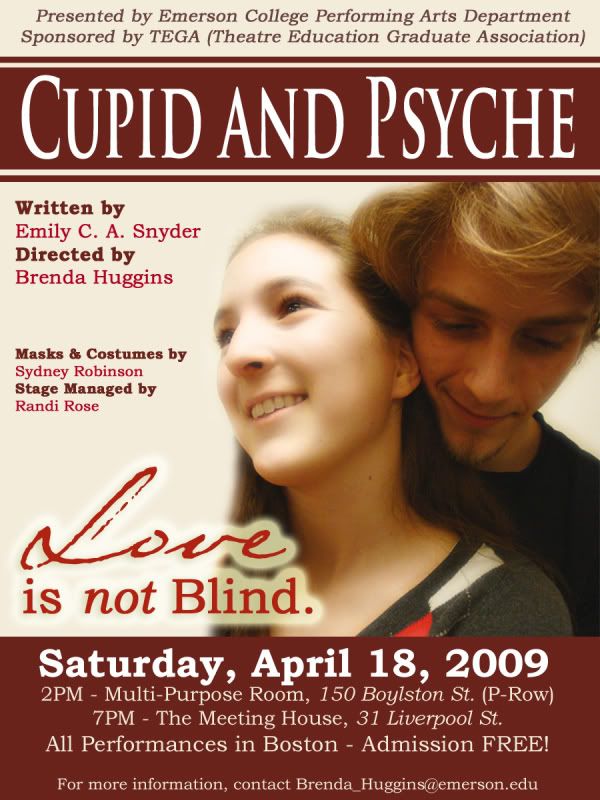
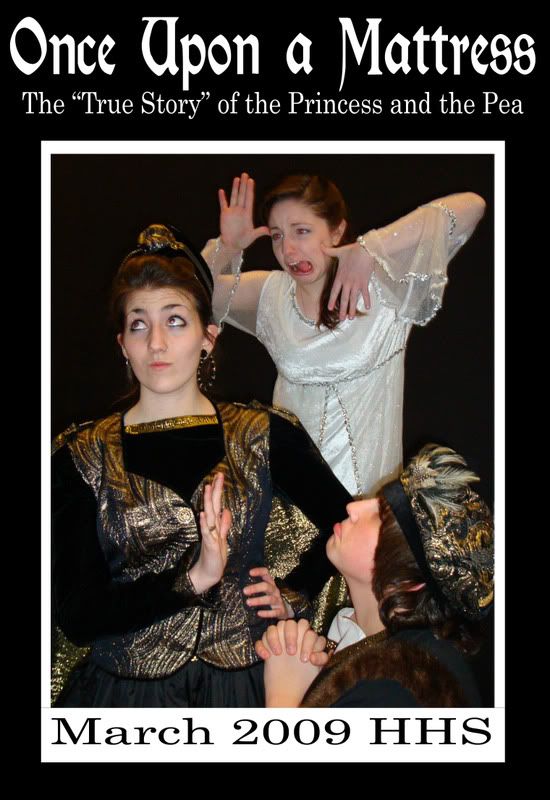
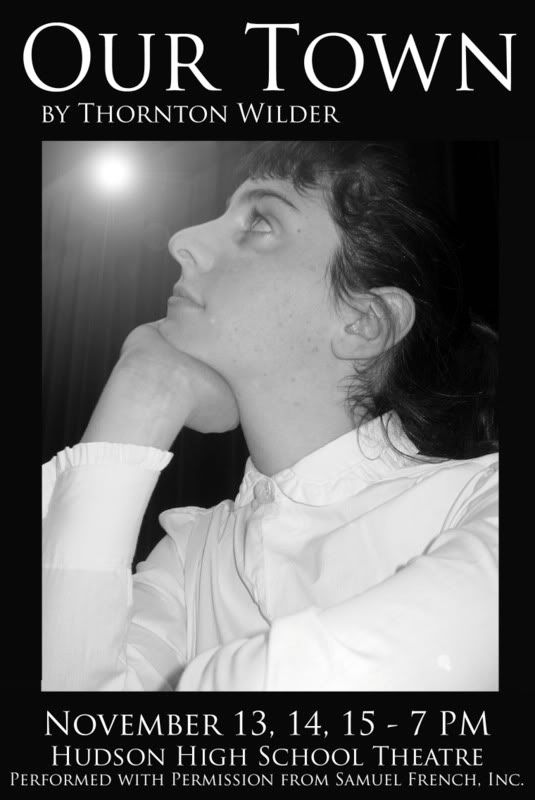

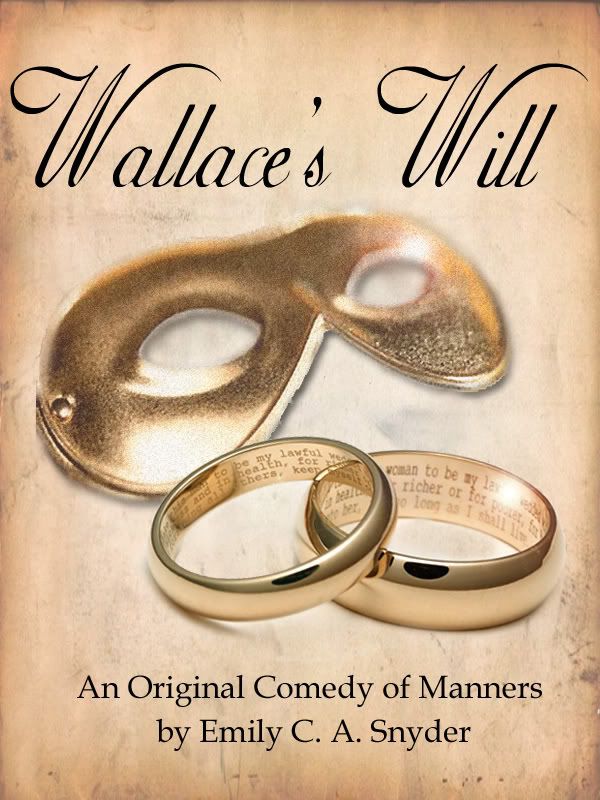

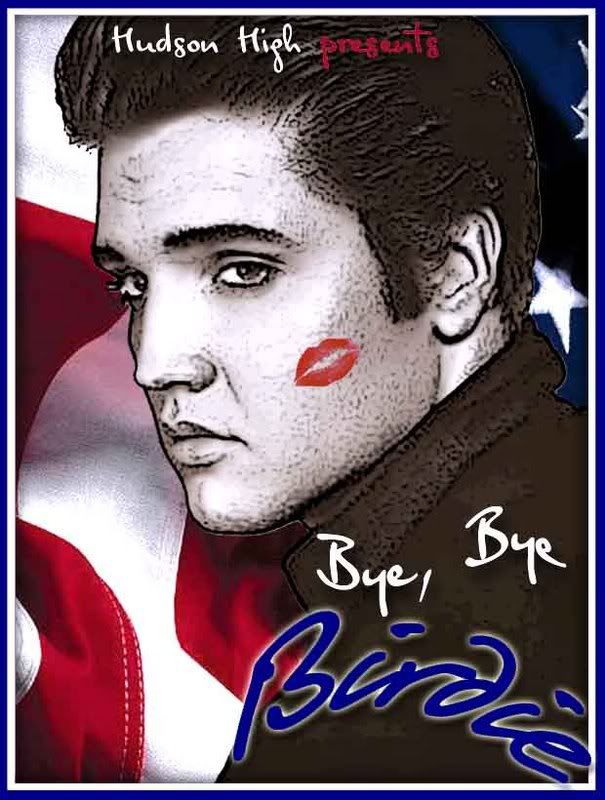

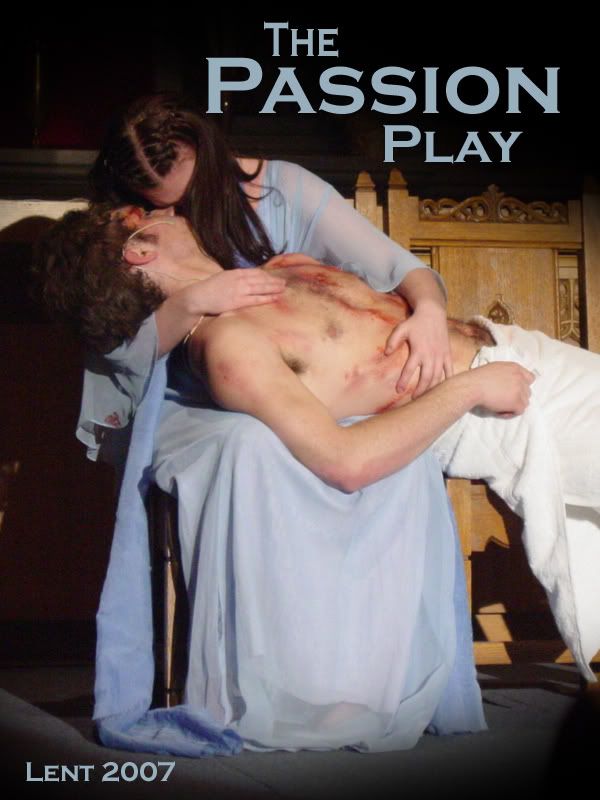
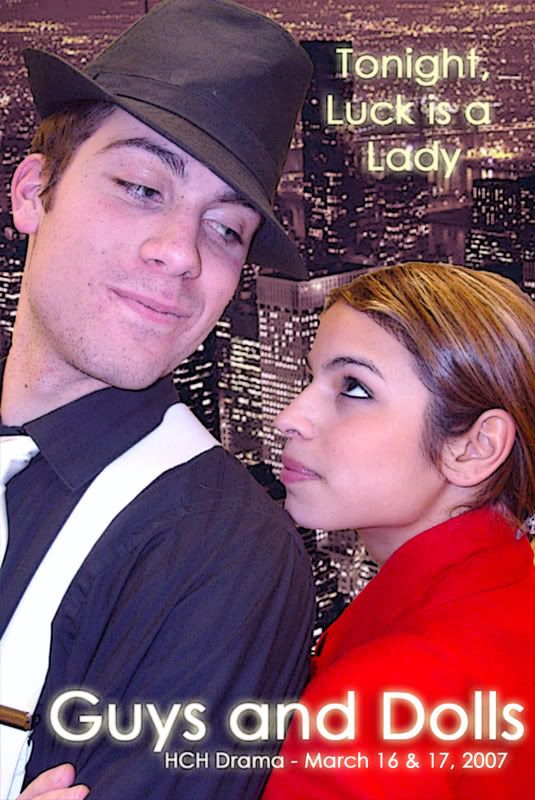
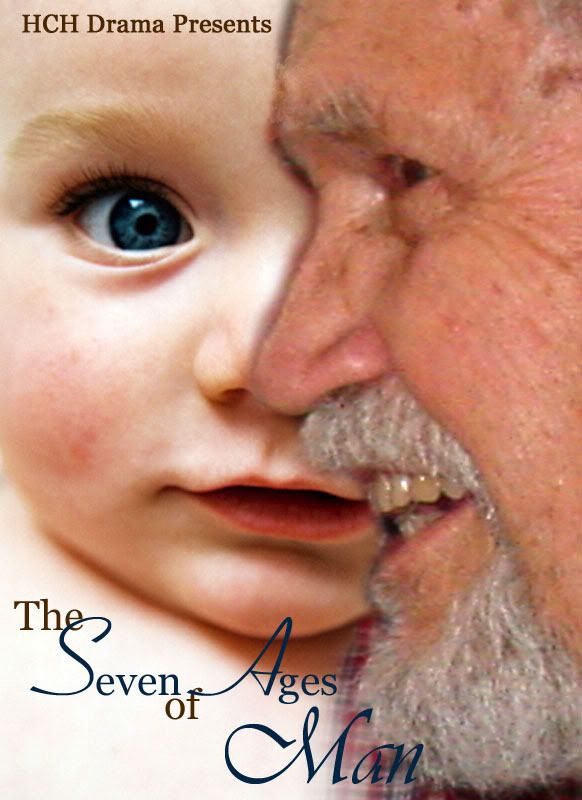


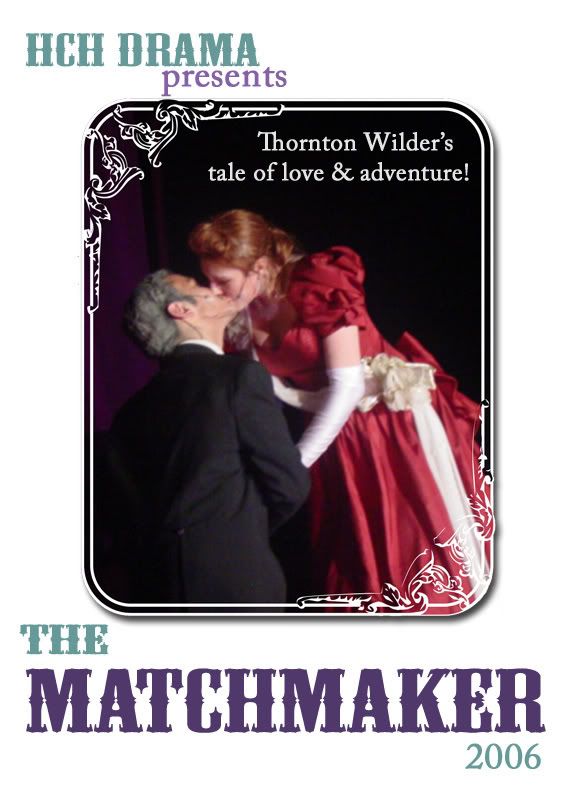


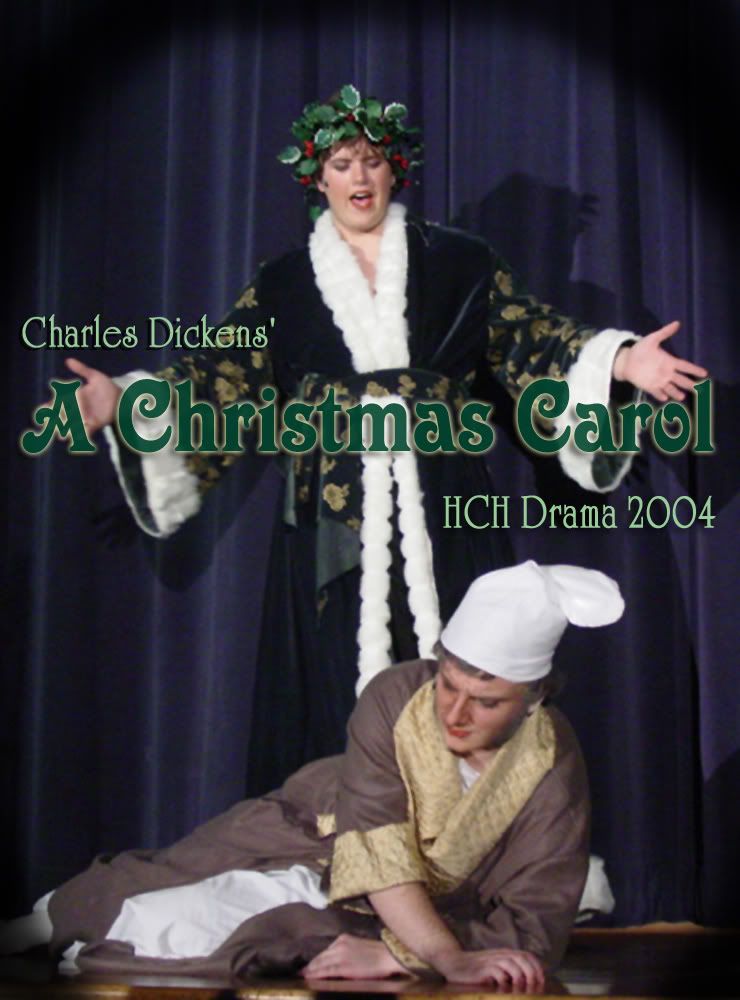
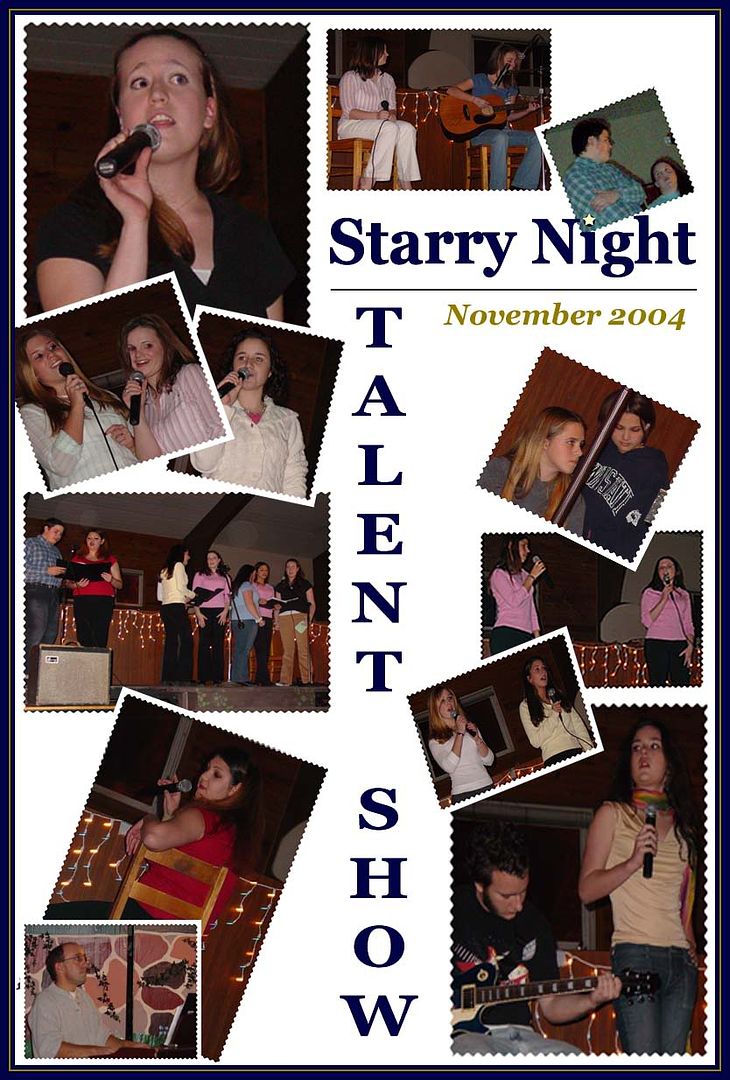
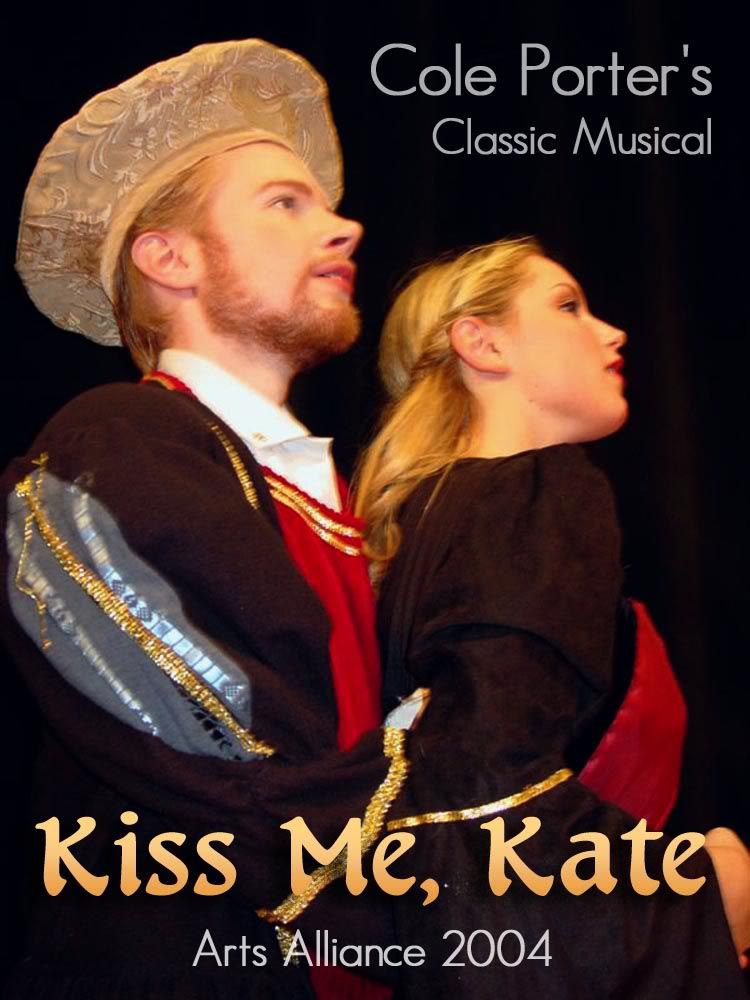

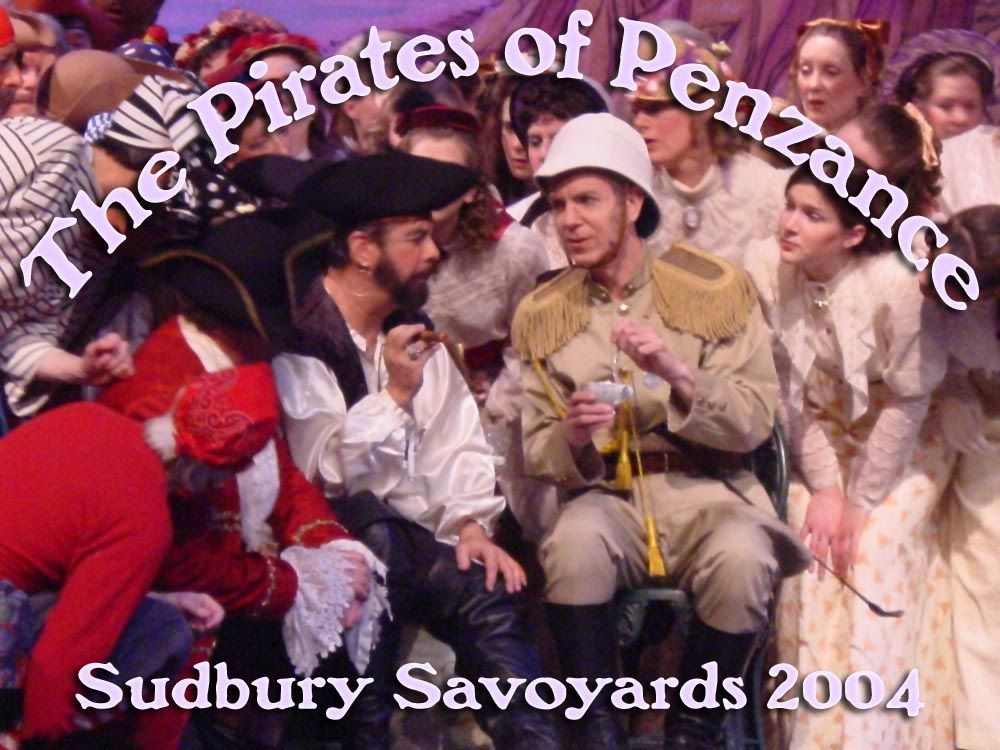
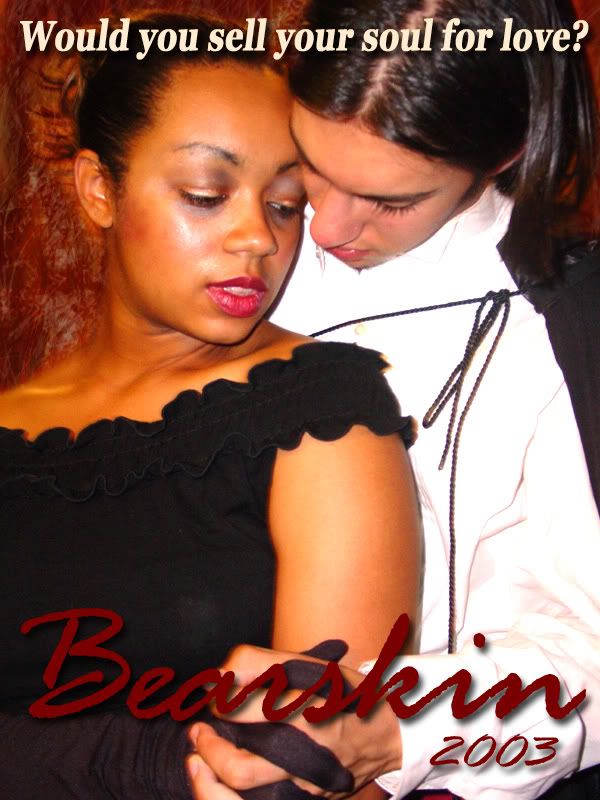
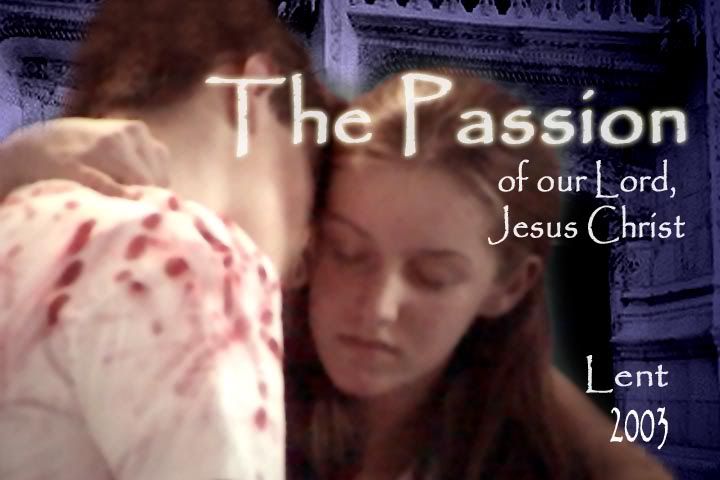

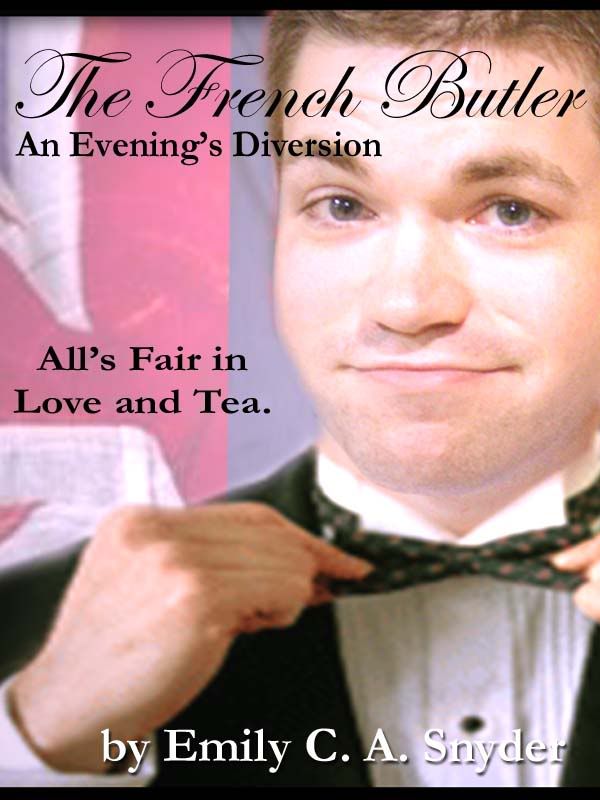
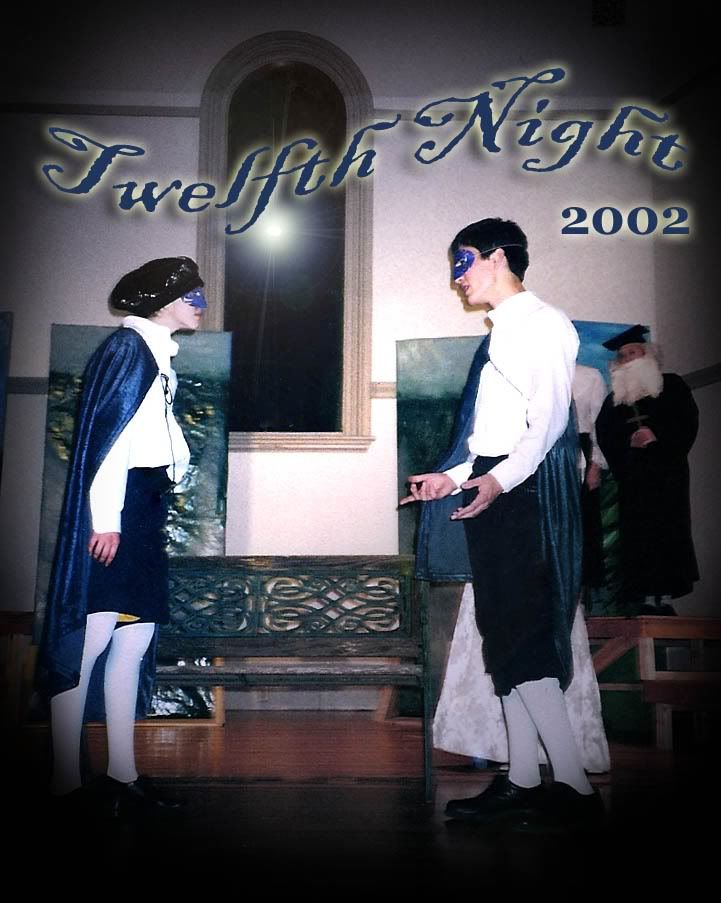
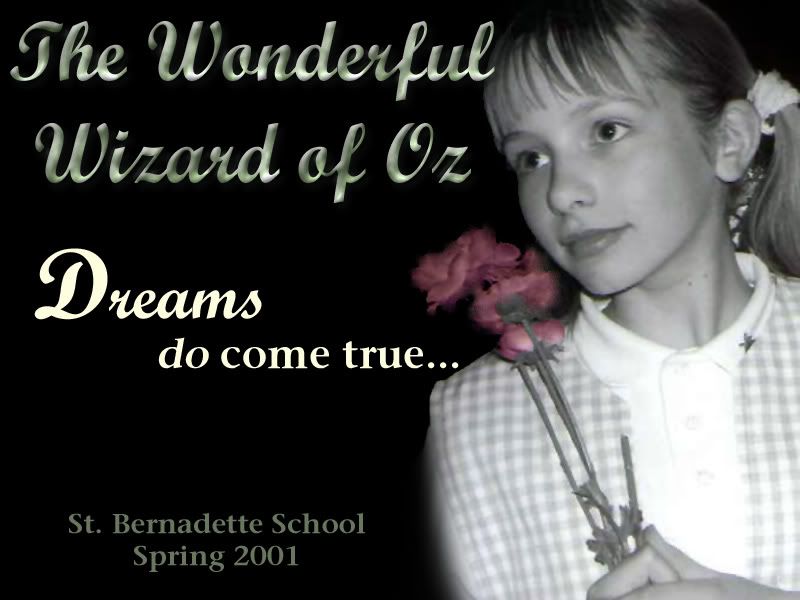
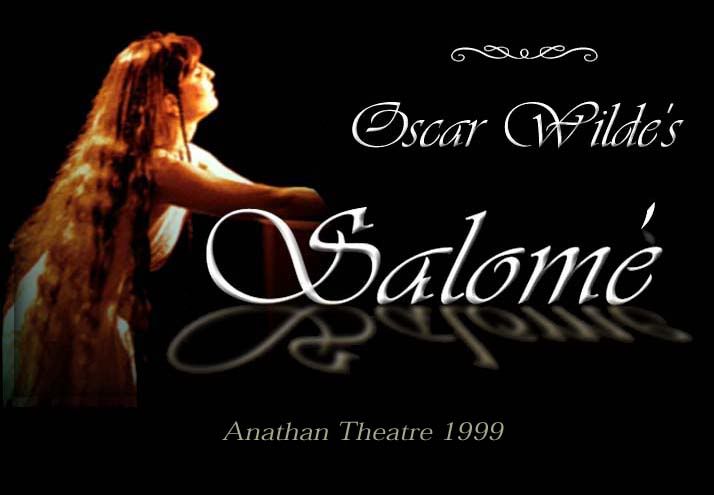
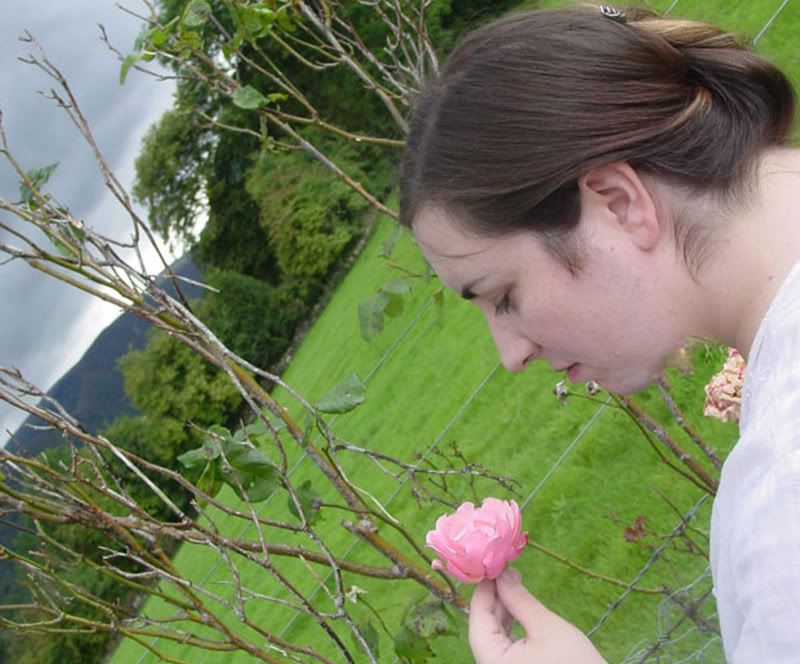

0 Comments:
Post a Comment
<< Home